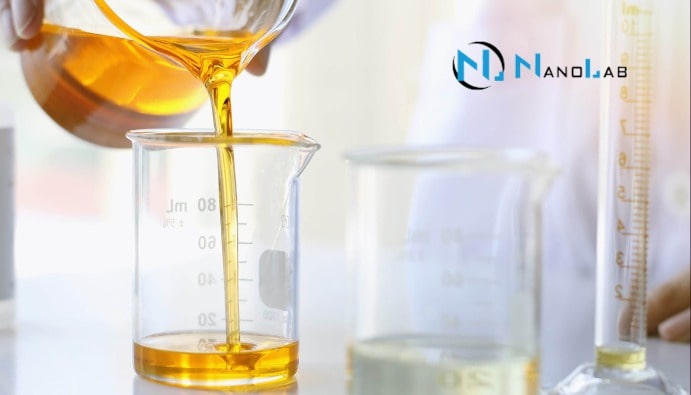Oil and Grease in Wastewater: Analysis for Environmental
Why Oil and Grease are Determined in Waste Oils?

What is Oil and Grease in Wastewater?
Oil and grease are organic substances, usually composed of petroleum-based oils, vegetable oils and animal fats. In wastewater systems, these substances can originate from restaurants, industrial processes, motor oils or domestic sources. Oil and grease pollutants can enter water as undissolved or emulsified compounds.
Why Determination of Oil and Grease in Wastewater?
- Prevention of Environmental Impacts: Oil and grease form a thin layer on the water surface, preventing oxygen transfer. This situation threatens the life of aquatic life.
- Efficiency of Treatment Plants: It can reduce the performance of equipment used in treatment plants and disrupt biological treatment processes.
- Legal Compliance: Environmental regulations allow the presence of oil and grease in wastewater within certain limits. Exceeding these limits can result in criminal penalties.
- Protection of Water Resources: Regular analyzes should be carried out to prevent oil and grease mixing into drinking water sources.
Oil and Grease Determination Methods in Wastewater
The methods used for oil and grease determination depend on the nature and quantity of the contaminant compounds in the water sample. Here are the commonly used methods of analysis:
- Gravimetric Method: Oil and grease are extracted from wastewater with a solvent (usually hexane). After the solvent is evaporated, the amount of oil and grease remaining is determined by weighing. It gives precise results.
- Infrared (IR) Spectroscopy: Oil and grease extracted from the sample with solvent is analyzed using infrared light. The amount of compounds is determined by the IR absorption spectrum.
- Fluorescence Spectroscopy: Oil and grease are analyzed by utilizing their fluorescent properties. Suitable for low concentrations in water samples. It can only analyze certain types of oil and grease compounds.
- Soxhlet Extraction: The water sample is heated for a long time using an organic solvent and the oil and grease substances are extracted. The remaining solvent is evaporated and the oil-grease residue is weighed.
- Colorimetric Method: Oil and grease are reacted with chemical reagents to produce a color change. The resulting color is analyzed with a spectrophotometer to determine the concentration.
Standards for Oil and Grease Determination in Wastewater
There are national and international standards for the determination of oil and grease in wastewater. These include:
- TS EN 14039: Provides standard methods for the determination of hydrocarbon content.
- ISO 9377-2: Contains methods for the determination of hydrocarbon fat index in oil and grease analysis.
- EPA 1664: A method published by the US Environmental Protection Agency (EPA) for the determination of oil and grease by gravimetric method.
- Ministry of Environment and Urbanization Water Pollution Control Regulation: Sets the limit values for oil and grease in wastewater in Turkey.
Nanolab Laboratories Group continues to provide services within the scope of Oil and Grease Determination in Wastewater. We also provide services in Waste Oil Analysis.
Contact us for more information.
You can follow us on LinkedIn for up-to-date news and posts about our services.
Follow our Instagram account to be informed about our latest blog posts.

